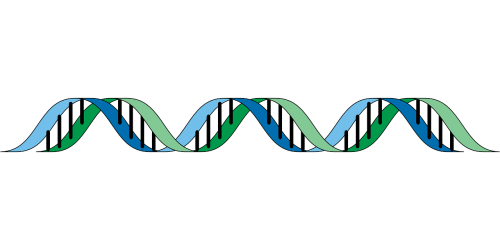A number of patients living with blood-clotting disorder haemophilia A have seen symptoms decrease significantly after receiving gene therapy treatment in 2017.
Three years after undergoing the single infusion of a missing gene, thirteen men have experienced less bleeding, and are largely showing normal levels of the blood-clotting protein factor VIII.
It is thought this breakthrough gene therapy could be particularly important for developing countries, where other treatments for haemophilia A — such as regular injections of factor VIII to improve blood-clotting — are harder to access.
The findings were published in the New England Journal of Medicine by Professor John Pasi, director of the haemophilia centre at Barts Health — an NHS trust in the UK.
Professor Pasi also led the clinical research team from Queen Mary University of London, which first announced the effectiveness of using gene therapy to treat haemophilia A in 2017.
He said: “Our new data is critical in helping the scientific and medical communities understand this pioneering technology.
“This latest study confirms both safety and the long-term beneficial impact of the treatment.
“A long-term treatment that effectively ends the life-long regime of regular injections can transform care and massively improve the quality of life of hundreds of thousands of people born with this challenging genetic condition.”
What is haemophilia A?
Haemophilia is a bleeding disorder caused by a lack of proteins that create blood clots. Without them, patients can experience excessive bleeding, even from small cuts and minor injuries.
People with haemophilia are also at risk of spontaneous internal bleeding — which can be life-threatening.

Haemophilia A or “classic haemophilia” is the most common form of the disease, accounting for around 80% of cases. It is specifically caused by a deficiency in the factor VIII protein.
Although it is predominantly a genetic disorder, it can also be caused by a spontaneous change in a patient’s gene known as a mutation.
It is considered a rare disorder — the National Haemophilia Database estimates there are around 8,400 patients living with haemophilia A in the UK, meaning it affects roughly one in 7,800 people.
Other forms of treatment for haemophilia
The main method used to treat haemophilia A involves injecting a patient directly with factor VIII, replacing the missing or deficient protein in their blood.
This can be administered regularly — three or more times per week — in order to improve clotting, but it can also be used in emergency situations where a patient is bleeding excessively.
Desmopressin — a hormone that can stimulate the body to release more clotting factor — can also be injected into the veins or administered as a nasal spray in milder cases of haemophilia.
The side-effects of these treatments include itchy skin and soreness/redness at the injection site.
While these are uncommon, regular preventative treatment is also considered a burden, requiring follow-up appointments to monitor progress, and often needing to be undertaken for the rest of the patient’s life.
However, gene therapy has the potential to eliminate these issues and provide a more permanent solution for people with haemophilia A.



